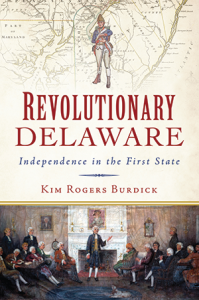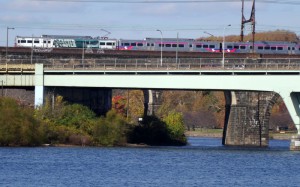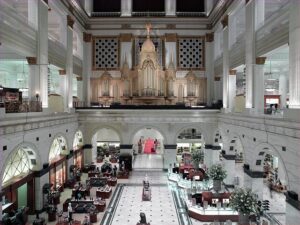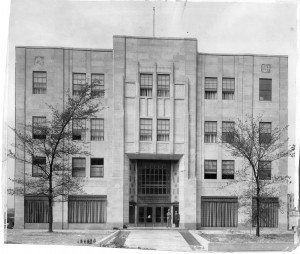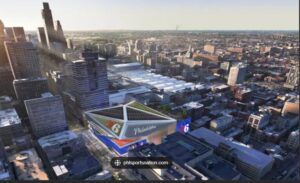Many will recall the program series that launched The Encyclopedia of Greater Philadelphia — the Greater Philadelphia Roundtable. This spring we are pleased to again invite you to a series of conversations about our region’s history and contemporary issues.
Sanctuaries: Past Into Present
Throughout American history, people have come to the Philadelphia region seeking opportunity, while others have been fleeing persecution, and still others have been forced here in chains. When have these migrants been granted the right to feel safe, and when have they been denied safety? How do we come to grips with our country’s contradictory history of celebrating the diversity these many migrations produced, while denying rights to many?
This spring, join friends and neighbors for a series of free public seminars across greater Philadelphia. Learn from local experts about Philadelphia’s immigration and migration history, hear from activists working in the region now, and grapple with how our complicated histories shape today’s social and political landscape.
In Search of the Underground Railroad: Connecting People, Places, and Things
April 2, 2019
Pop-Up Exhibits at 6 p.m., Lecture at 7 p.m.
Rutgers-Camden Campus Center
Featuring archaeologist Cheryl LaRoche and community partners.
Discover how historians and archaeologists connect people, places, and things to better understand the lives of enslaved people who sought sanctuary with the Underground Railroad. Link for further information and registration.
Sanctuary Now, Sanctuary When?
April 23, 2019, 6 p.m.
Arch Street Meeting House
320 Arch Street, Philadelphia
Featuring Domenic Vitiello (University of Pennsylvania) and Blanca Pacheco (New Sanctuary Movement)
Learn how the idea of “sanctuary” became part of immigration justice lexicon in the United States and what we can all learn from the experiences of refugees and activists, past and present. Link for further information and registration.
Sanctuary in Sickness, Sanctuary in Health
June 4, 2019, 6 p.m.
Philadelphia Lazaretto
Second Street and Wanamaker Avenue, Essington, Pa.
Featuring David Barnes (University of Pennsylvania)
Explore the Philadelphia Lazaretto, discover the critical role it played in Philadelphia’s immigration history, and contemplate the past, present, and future of health care for our most vulnerable. Link for further information and registration.
Sanctuaries: Past into Present is a Greater Philadelphia Roundtable program series of The Encyclopedia of Greater Philadelphia, produced at the Mid-Atlantic Regional Center for the Humanities (MARCH) at Rutgers-Camden. “In Search of the Underground Railroad” is supported by the Office of the Chancellor at Rutgers-Camden and co-sponsored by the following departments and programs: History, Africana Studies, Liberal Studies, and Forensic Science.
